Similar rum, Butter, Egg as food, Milk, Sfogliatella | ||
A rum baba or baba au rhum is a small yeast cake saturated in syrup made with hard liquor, usually rum, and sometimes filled with whipped cream or pastry cream. It is most typically made in individual servings (about a two-inch-tall, slightly tapered cylinder) but sometimes can be made in larger forms similar to those used for Bundt cakes.
Contents
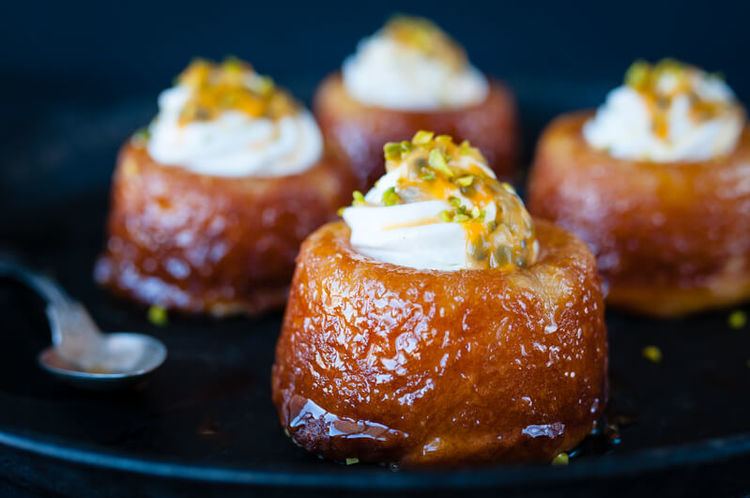
The batter for baba is even richer than brioche batter, and includes eggs, milk and butter.
How to make rum baba with martin wishart
History
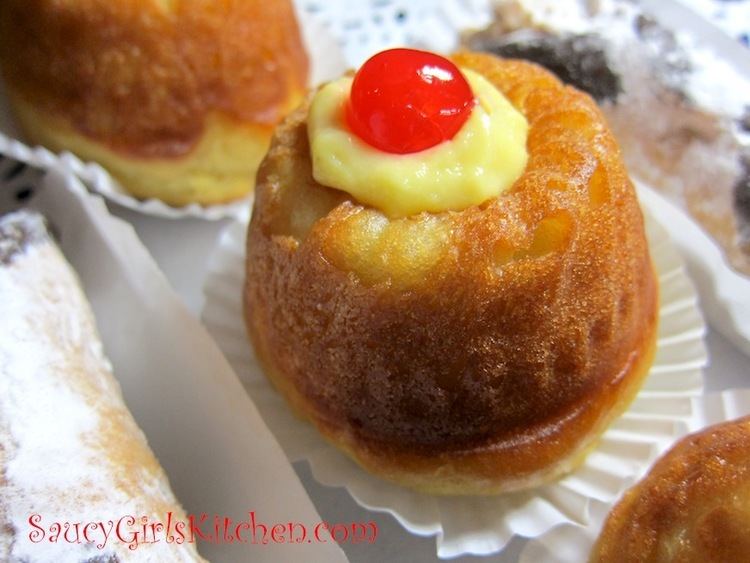
The original form of the baba was similar to the babka, a tall, cylindrical yeast cake (babka is still cooked in Ukraine, Poland and in Ukrainian and Polish communities over the world). The name means "old woman" or "grandmother" in the Slavic languages; babka is a diminutive of baba.
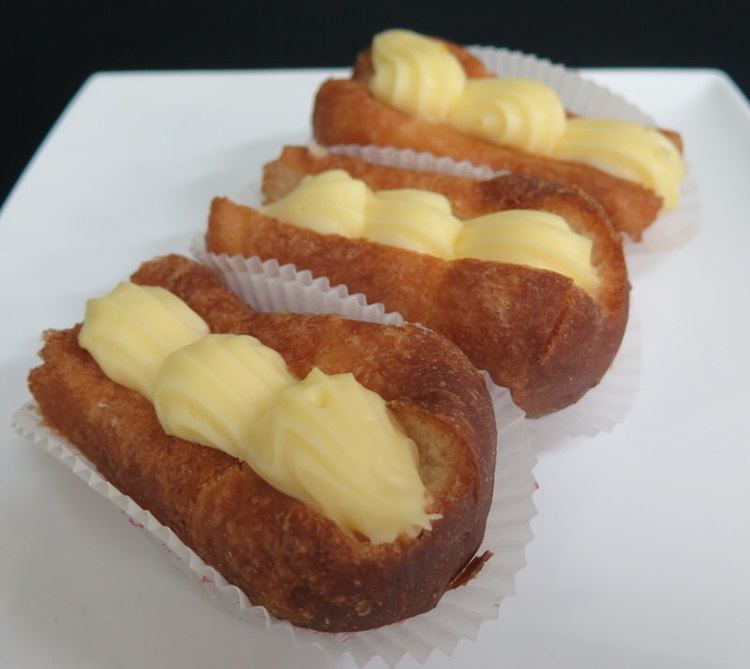
The modern baba au rhum (rum baba), with dried fruit and soaking in rum, was invented in the rue Montorgueil in Paris, France, in 1835 or before. Today, the word "baba" in France and almost everywhere else outside eastern Europe usually refers specifically to the rum baba.
The original baba was introduced into France in the 18th century via Lorraine. This is attributed to Stanislaus I, the exiled king of Poland. The Larousse Gastronomique has reported that Stanislaus had the idea of soaking a dried Gugelhupf (a cake roughly similar to the baba and common in Alsace-Lorraine when he arrived there) or a baba with alcoholic spirit. Another version is that when Stanislaus brought back a baba from one of his voyages it had dried up. Nicolas Stohrer, one of his pâtissiers (or possibly just apprentice pâtissiers at the time), solved the problem by adding Malaga wine, saffron, dried and fresh raisin and crême pâtissière. The writer Courchamps stated in 1839 that the descendants of Stanislaus served the baba with a saucière containing sweet Malaga wine mixed with one sixth of Tanaisie liqueur.
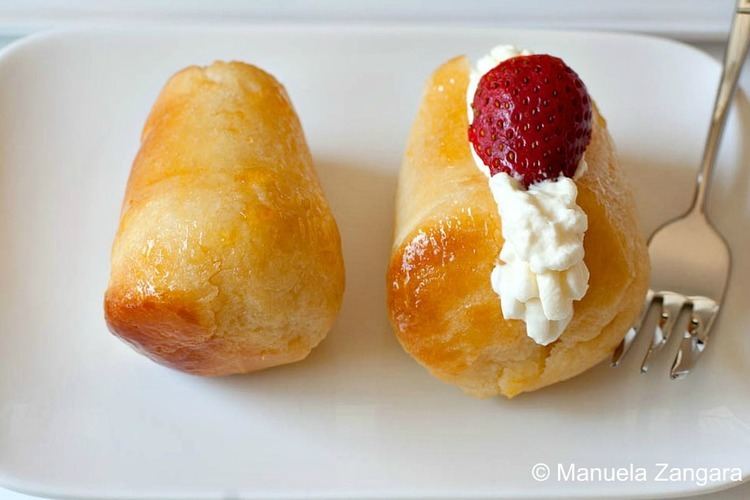
Stohrer followed Stanislaus's daughter Marie Leszczyńska to Versailles as her pâtissier in 1725 when she married King Louis XV, and founded his pâtisserie in Paris in 1730. One of his descendants allegedly had the idea of using rum in 1835. While he is believed to have done so on the fresh cakes (right out of the mold), it is a common practice today to let the baba dry a little so that it soaks up better. Later, the recipe was refined by mixing the rum with aromatized sugar syrup.
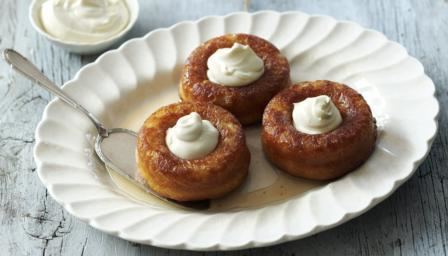
The baba was later brought to Naples by French cooks and became a popular Neapolitan specialty under the name babà or babbà.
The pastry has appeared on restaurant menus in the United States since 1899, if not earlier.
Savarin
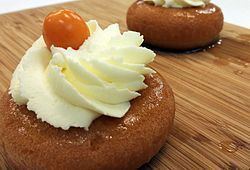
In 1844, the Julien Brothers, who were Parisian pastry chefs, created the Savarin. This dessert draws significant inspiration from the baba au rhum, differing mainly in its soaking in a distinct alcoholic blend and its shape, which utilizes a circular (ring-shaped) cake mold rather than the traditional round (cylindrical) form. Presently, the ring shape is frequently linked with the baba au rhum too, and the name Savarin is occasionally applied to the rum-infused circular cake.
